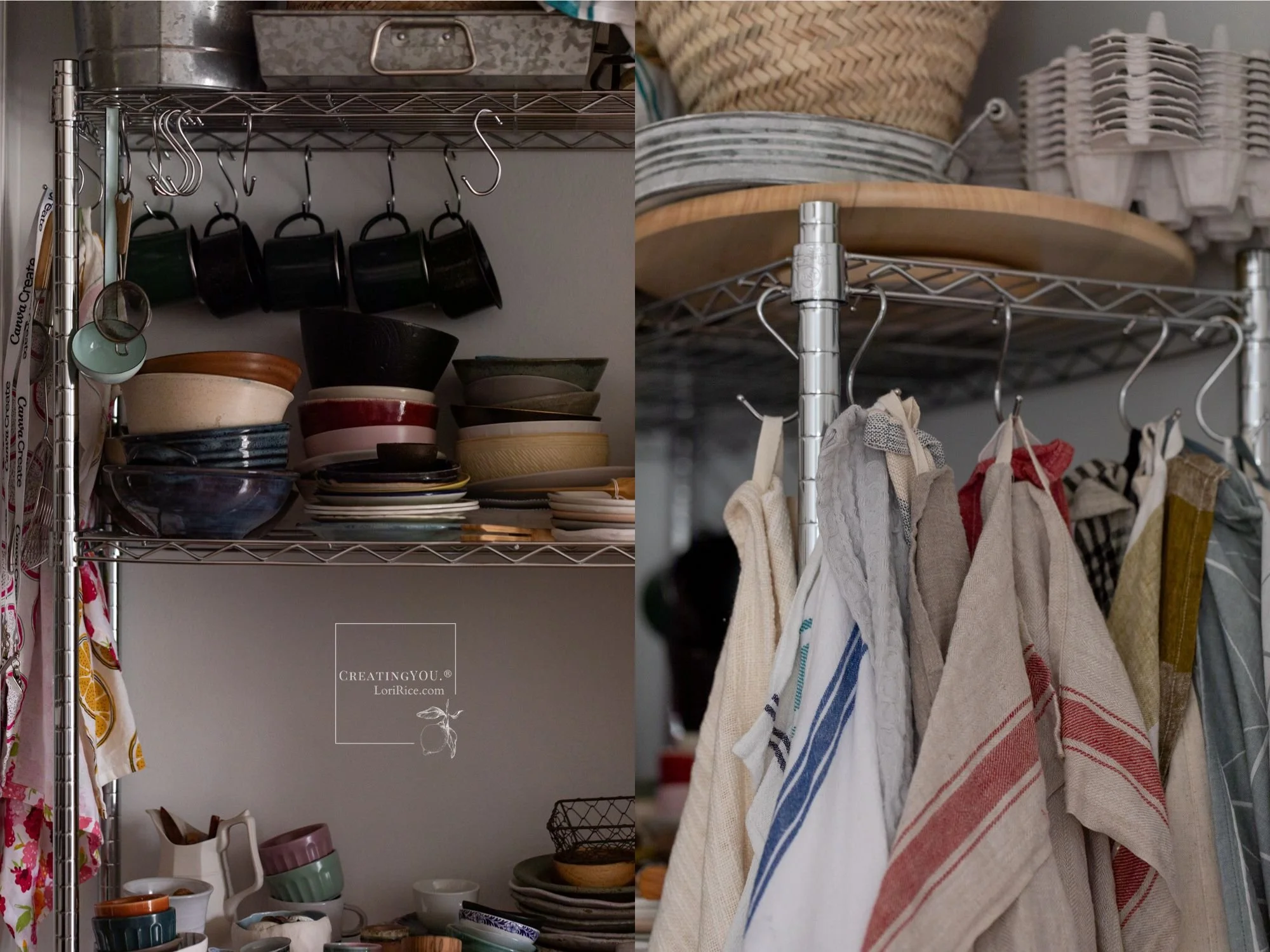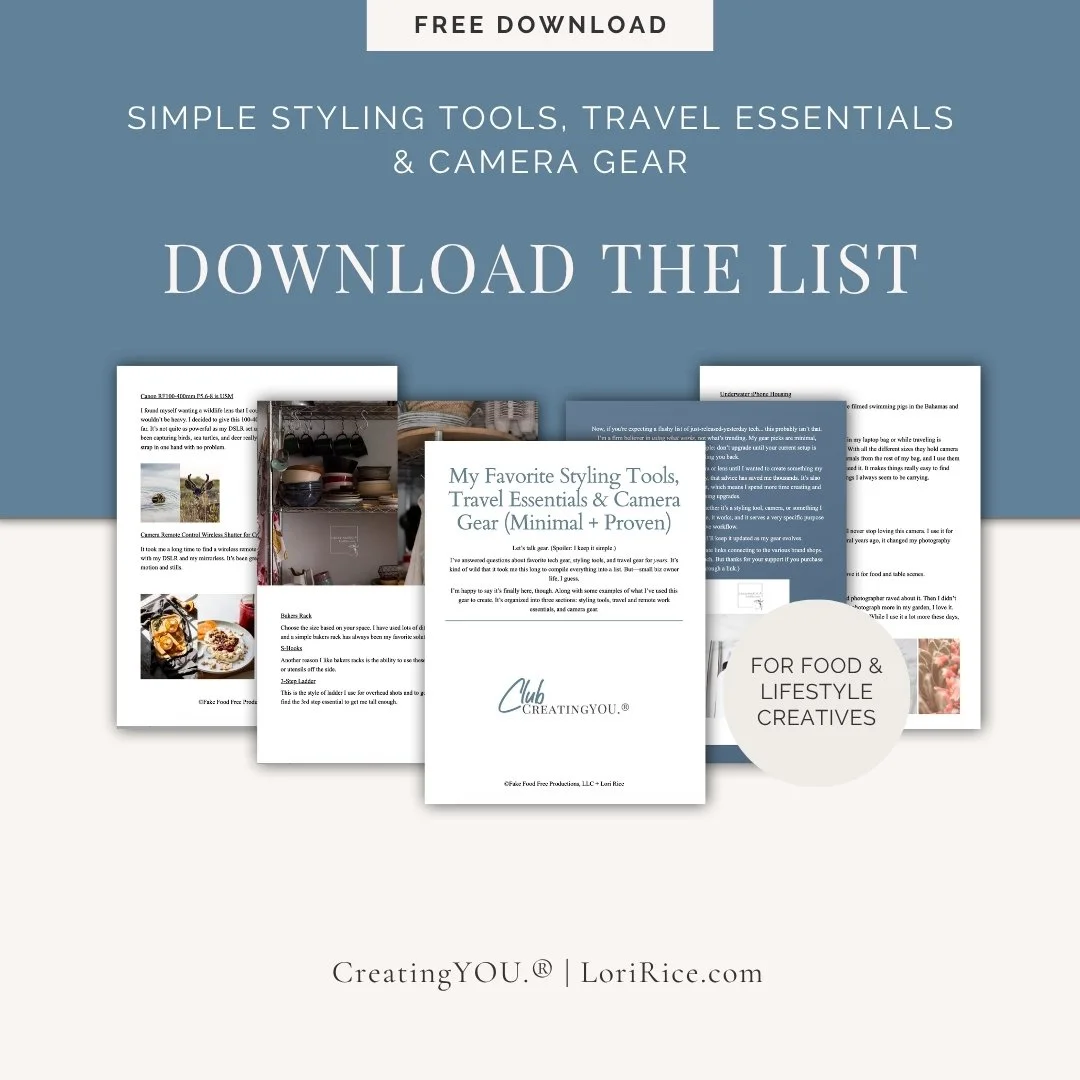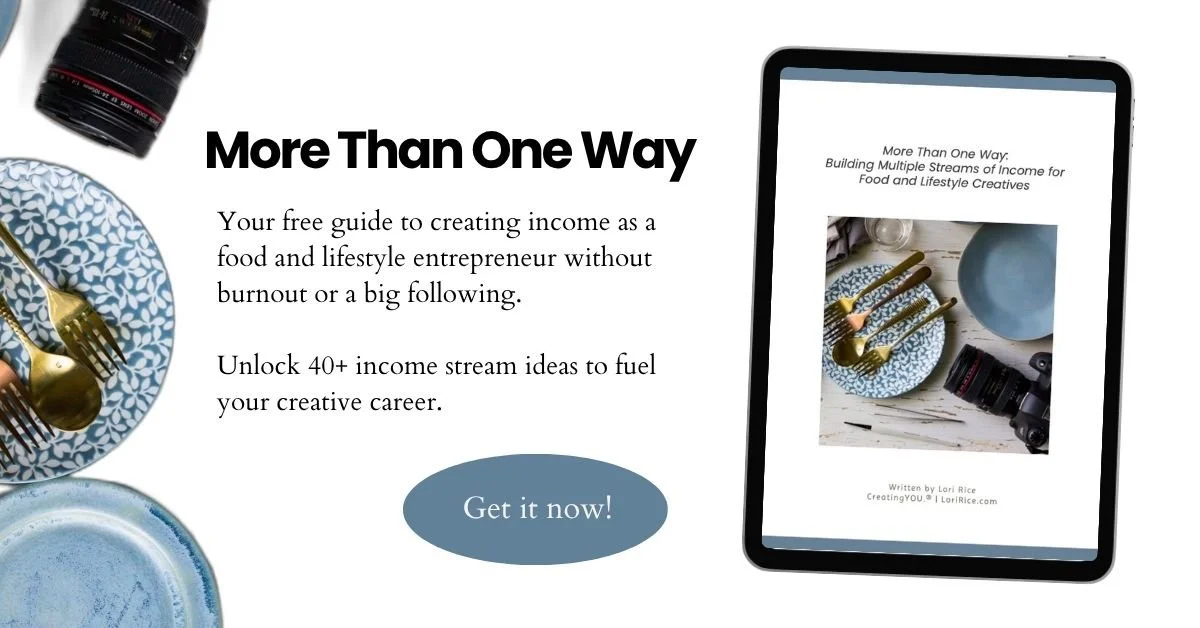Ever feel like your week is flying by and you’re reacting instead of leading?
I do. All the time.
Here’s a tiny but powerful ritual I often put into practice to change that:
Take one midweek morning completely off-screen.
Not the whole day. Just an hour.
No emails, no notifications, no “quick scroll.”
Instead, sit with a notebook. Go for a walk. Or my favorite, just sit with your thoughts and let your brain breathe.
This isn’t about being virtuous or zen. It’s about clarity.
When you’re not absorbing everyone else’s priorities, your own rise to the surface.
Need proof? Here’s what tends to come up for me when I actually pause:
That offer I keep saying I’ll launch “later”
The task I’m avoiding that’s holding everything else up
The idea that’s more aligned (and way more fun) than what I’m currently doing
You don’t need a productivity hack. You need space to think.
Want help knowing what to reflect on?
I made you a list:
➡️ Download 40+ Questions to Reflect On During Your Screen-Free Break
They're designed to help you reconnect with your ideas and move your business forward.
Take a breath. Take a moment.
Then get back to building something that actually feels like yours.


























